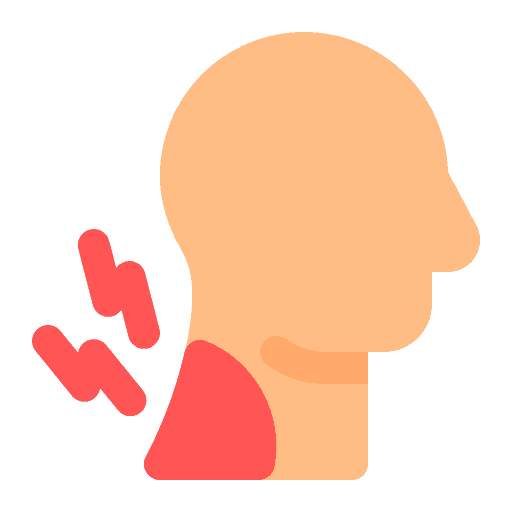Pillow Advice
How Many Pillows Should You Sleep With?
Just how many pillows does one need to get a good night’s sleep? The answer might surprise you.
According to studies, all you need is just one pillow. A good night’s sleep is highly linked to the correct spinal alignment. This means that your spine needs posture support during your sleep so that your neck, shoulder and hips are aligned all night long. Too many pillows can cause neck ache, which leads to interrupted sleep.
Poor sleep quality has been linked to poor mental and physical health as well as stress and numerous other medical conditions. Here are some reasons why you only need one pillow to get a good night’s sleep.
The Right Pillow

The ultimate goal when you go to sleep is to get your spinal alignment correct. This is why we use a pillow to correctly support and align the neck and spine. If you find yourself sticking another pillow underneath the first one, the problem could be that you are using the wrong pillow type.
So, how do you correctly identify the correct pillow for your sleeping style or needs? The first step is to ask yourself what problems you are experiencing and how to avoid them from happening.
Back and Neck Pain
Many sleepers experience back and neck pain during their sleep. This is usually caused by stress in the neck and shoulder muscles due to poor alignment as you shift positions. This is why it is important to choose the right kind of pillow that will prevent you from misaligning your bones and muscles during sleep.
People who experience back and neck pain should look for a firm pillow. Contoured pillows keep the neck and spine aligned no matter what position you sleep in. Contoured pillows come in many varieties. A good choice is a contoured memory foam pillow because this pillow adjusts to your body’s contours.

Side Sleepers
Sleep experts recommend two pillows for side sleepers, with the second pillow placed between the knees. Studies conducted by the University of Rochester suggest that a pillow between your knees at night pulls up your spine, preventing misalignment. This pillow positioning relieves stress on the lower back and hips.
Side sleepers will benefit greatly from either a contoured pillow or a thick gusseted one. Contoured pillows can help align the spinal column even in the side position. The latter choice can hold the head level with the shoulders while the thickness fills the space underneath the neck.
No Pillows
Stomach sleepers should sleep with no pillows. Sleeping on your stomach with no pillows allows the spine to lie flat. However, many stomach sleepers cannot sleep comfortably in this position due to the pressure on their ears and head. If you must sleep with a pillow in this position, we recommend using a thin one.
Thin pillows are ideal because they relieve the pressure on the ears and head. Good pillow choices include feather, down and memory foam.
Conclusion
People who pile up pillows beneath their heads should reconsider this practice. Too many pillows can cause a strain on the neck and spine, which can bring about pain and discomfort. Stacking pillows is a method used for relieving congestion when you have a cold; other than that, it can lead to poor sleep quality.
Sleeping without pillows is hard, but it can greatly benefit you in the long run. Still, many people will find it hard to sleep without one. Centuries of using a pillow have made it strange for us to go to bed without anything under our heads.
If you’re still wondering how many pillows you need, the answer is one. All you need is one good pillow that fits your requirements. So, take your time to find a good pillow that can align your spine and relieve any stress on pressure points. It will take experimentation and observation on your part to find a pillow that can provide comfort and pain relief.

